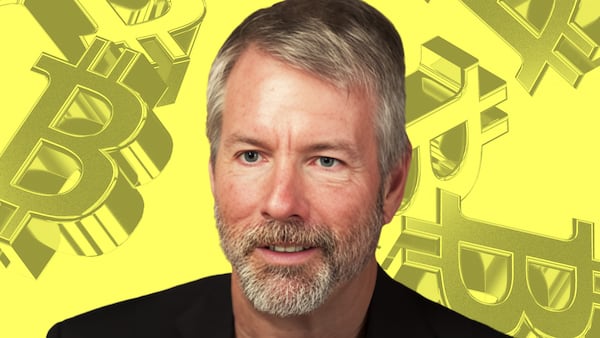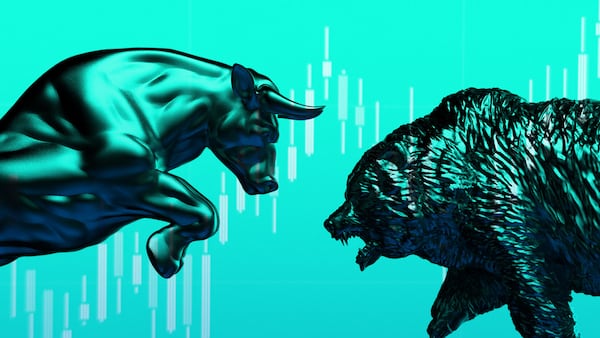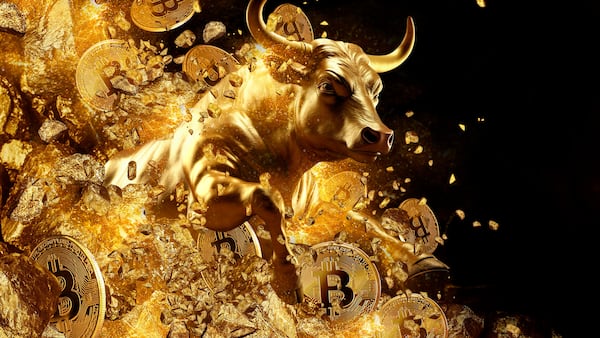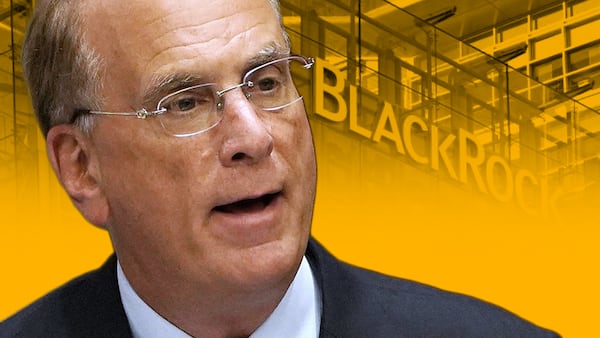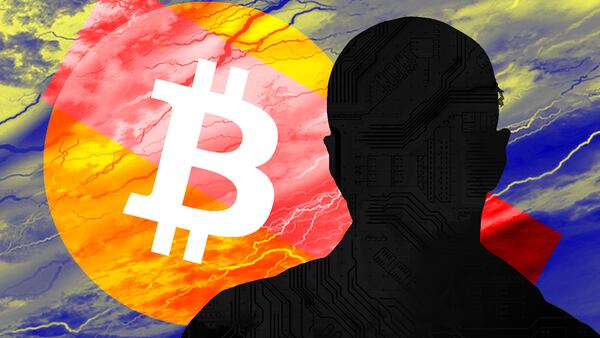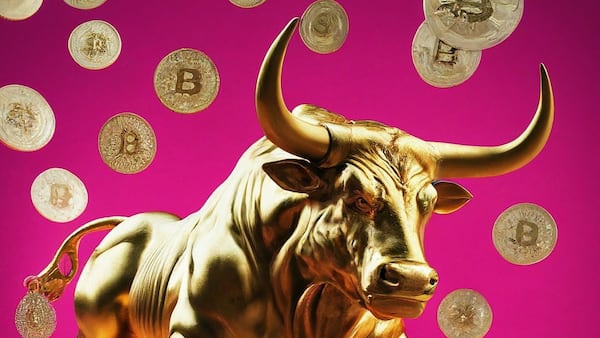If you were asked to design the ideal market conditions for Bitcoin you could hardly do better than October 2024.
China has begun pumping its economy with $284 billion worth of stimulus spending for consumers, banks, and businesses. The Federal Reserve just slashed its benchmark interest rate by 0.5% as inflation subsided to normal levels.
And the US economy grew at an annualised 3% in the second quarter, which means the Fed will probably make further cuts well into next year.
The sound we should be hearing is the thundering hooves of a bull stampede.
Instead all we have is one big... meh.
Bitcoin has skidded 4.3% since China disclosed its qualitative easing measures on September 25. And the cryptocurrency is up just 1.9% since the Fed cut rates on September 18.
What gives? Where’s the mojo? Isn’t Bitcoin supposed to be rocketing to $100,000?
Digital gold
Analysts point to Iran’s missile attack on Israel this week and the escalation of hostilities in the Middle East as the prime reason why BTC and other cryptocurrencies are so sluggish.
At first glance, this makes sense.
Fears of a regional war in the Middle East are roiling the markets again, and, as often happens in these crises, spooked investors are piling into gold.
The precious metal has gained 29% this year, besting the 25% rise of BlackRock’s Bitcoin exchange-traded fund, IBIT.
But geopolitical turmoil should be equally bullish for Bitcoin, right?
Just last month, BlackRock published a widely-read report hailing Bitcoin as a “unique diversifier” against fiscal, monetary, and geopolitical risks that impact stocks, bonds, and other traditional assets.
If all those assets swoon, Bitcoin should hold the line, or surge.
Yet this idea that Bitcoin is digital gold, which has been around forever, really doesn’t hold up.
When US consumer prices soared to 40-year highs in 2022 and 2023, Bitcoin provided no shelter whatsoever as it tumbled into a bear market. That should have been the moment when Bitcoin proved its worth as an asset wholly untethered from economic dynamics.
Instead, BTC started moving in tandem with Fed monetary policy. Cue the irony.
Crypto’s holy grail
Now the outlook for Bitcoin is the rosiest it’s been since those dark days of 2022. It isn’t just the Fed and China.
On the regulatory front, it looks like crypto will get relief from the three-year-long crackdown led by Gary Gensler, the crypto-doubting chair of the US Securities and Exchange Commission.
Both Donald Trump and, more quietly, Vice President Kamala Harris, have signalled they will take a less aggressive approach to the asset class should they win the White House in November.
Moreover, the quest for crypto’s holy grail, mass market adoption, is making progress.
Not only did BlackRock, Fidelity, and other Wall Street giants roll out Bitcoin and Ethereum ETFs this year, but a number of stalwarts and fintechs are making key moves.
Just this week, Swift, the banking consortium that controls the $200 billion cross-border payments system, said central banks and commercial lenders can now test transactions of digital currencies on the network.
And Visa became the latest player to join the tokenisation push with the launch of a platform designed to put real world assets onchain.
Will any of this matter? Let’s be honest. Bitcoin is an irrational asset. The crypto market simply doesn’t react to signals the way, say, stocks, do. There aren’t many fundamentals to latch onto, like earnings.
Everything is so macro now, but even developments on that front, as we’ve seen with the recent Fed rate cut, aren’t a sure thing.
Yet there is one constant — patience.
Extraordinary performance
In its report, BlackRock pointed out that Bitcoin outperformed all major asset classes in seven out of the last 10 years, and returned 100% on an annualised basis over the last decade.
The cryptocurrency delivered this extraordinary performance even though it was the worst performing asset in the other three years of that decade, with four selloffs exceeding 50%.
In other words, good things come to those who hodl.
Intriguingly, the report’s authors argue that Bitcoin’s original value proposition remains intact — mounting concerns around US fiscal stability and the global monetary and geopolitical situations will drive buying of BTC.
Hmm. You could probably write a dissertation on why that won’t be the case. But that’s not the point.
If Bitcoin’s record shows anything, it’s that investors don’t need a case. They don’t need an argument or fundamentals. And they don’t need a rational reason to buy (or sell).
After 15 years, the market has made its peace with Bitcoin’s inscrutability. While efforts to explain its behaviour spring eternal, waiting appears to be the only thing investors can count on.
Just look at this year.
For all worrying in the latter half of 2024, Bitcoin is up 46%. While investors may grouse it should be higher given all the bullish action, that’s more than twice as good as the S&P 500′s 20% performance.
Edward Robinson is the story editor for DL News. The opinions expressed in this op-ed column are his own. Contact the author at ed@dlnews.com.



